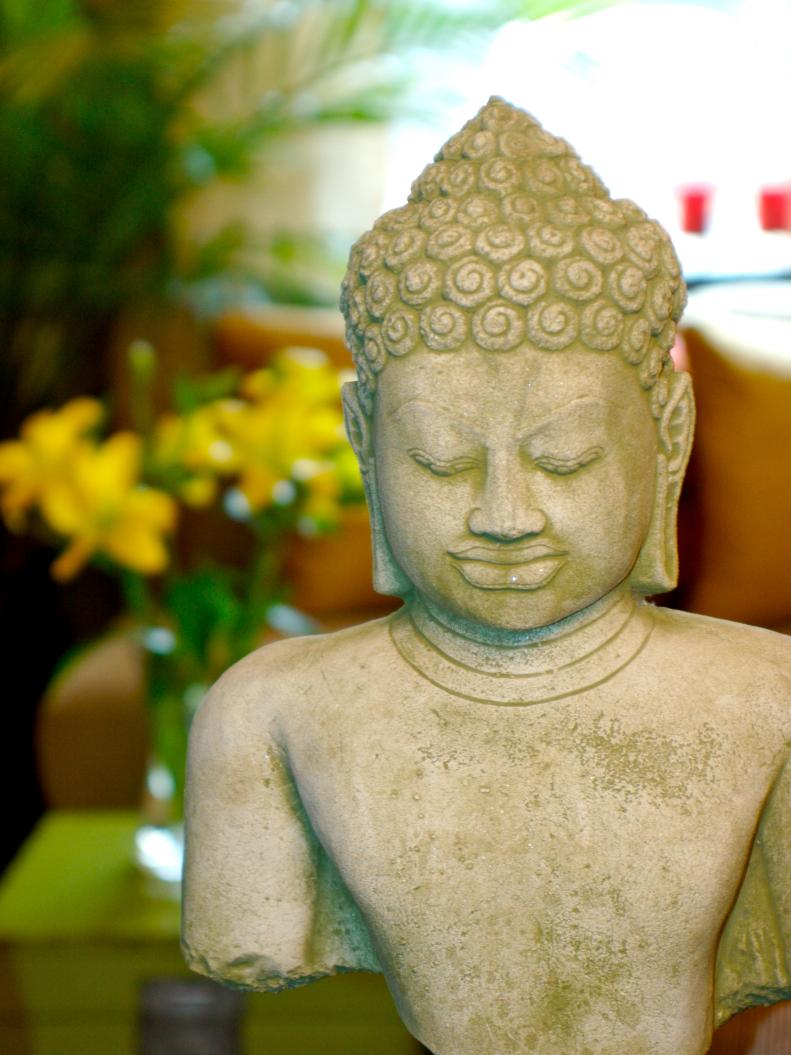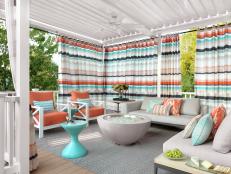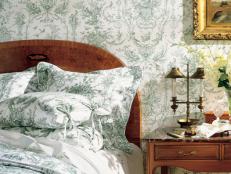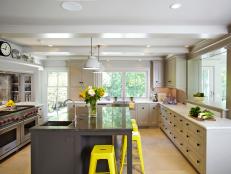1 / 15
Iconic Influence
One of the most recognizable figures in Asian design is Siddhartha Gautama, better known as Buddha or the "Enlightened One." Gautama was a spiritual teacher in the 5th century B.C. and the founder of Buddhism. The iconic figure of Buddha is represented worldwide with harmonious proportions from head to toe, including elongated earlobes, a notable head elevation, broad, even shoulders and a mark between the eyebrows. Adding a modern-day Buddha statue to your decor is an easy way to bring Asian influence into your home. Design by Marie Burgos. Photography by Francis Augustine












